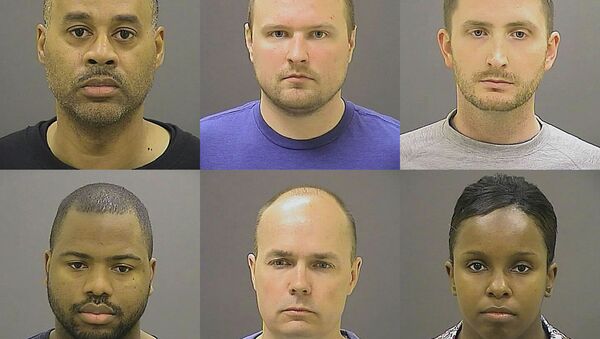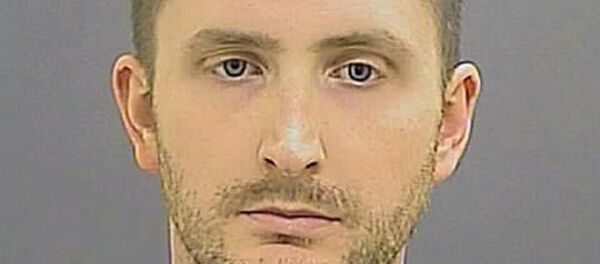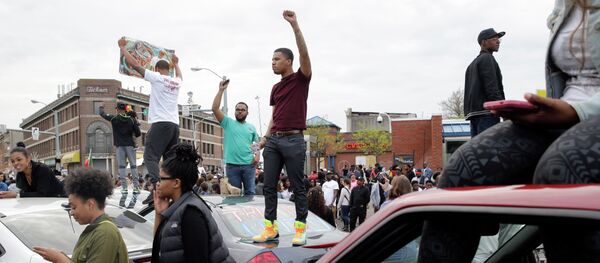Puryear said that he was not surprised by the not-guilty verdict, but is "dumbfounded" by claims made by officers under oath.
"I think what we have here is all six officers obviously engaged in what was a clear pattern of misconduct on so many different levels," Puryear said, expressing frustration over the lack of punishment for officers who acknowledge culpability. "This is a situation where police officers are admitting to violating their own procedures but somehow … there’s still no conviction."
The Freddie Gray killing was the result of incidents beginning April 12, 2015, when Baltimore police officers made eye contact with Gray and chased him when he ran away. Once Gray was apprehended, witnesses gave accounts of officers "folding" his body in painful-looking positions, with one officer putting his knee in Gray’s back, severely damaging his spine.
After the brutal arrest, Gray was put in the back of a police van and was taken on what’s colloquially known as a "rough ride."
"A rough ride is where an individual taken into custody by police is not belted into the van…" Puryear explained, saying that "through normal driving and deliberately aggressive driving, the person is thrown around in the back of the van, and it’s essentially a way of beating a suspect without beating a suspect."
He added that this tactic is punitive, saying, "Ultimately they put him in there, they didn’t belt him in, for the express purpose of punishing him for running away from the police."
The violence didn’t end there, according to Puryear, who told Loud and Clear that officers further abused Gray by denying him proper medical care.
"They took a look at him, two separate times, I believe. One of the times, he was completely non-responsive, and rather than call for any sort of medical care or anything like that…the officer just closed the door on the van and said 'Keep going,'" he said, adding, "throughout the whole rough ride, before the ride even begins, there is a clear desire to hurt and to injure Freddie Gray, and a clear unwillingness of the police to do anything to treat his medical symptoms even when he was completely unresponsive on the floor of the van."
Host Brian Becker asked Puryear about the protests following Gray’s death, commenting that, "corporate media sensationalized the rebellion, but it wasn’t just 'looting,' it wasn’t just buildings on fire. There were thousands of people in the streets chanting, marching. In other words it really was a mass, grassroots movement."
Puryear, who was in Baltimore in the days following the initial protests, said that Gray’s killing was the last straw in a long list of daily injustices.
"I think it’s so important for people to know what happened, because the way it was portrayed, it was just a bunch of hooligans running around on the street torching everything they could find," Puryear responded, adding that the protests were, in fact, "people expressing their clear anger at the circumstances that they are kept in…the oppression and exploitation that they face on a day in, day out basis. And the Freddie Gray incident, which was indicative of how so many of these people had been treated by the police for decades now, finally boiled over."





